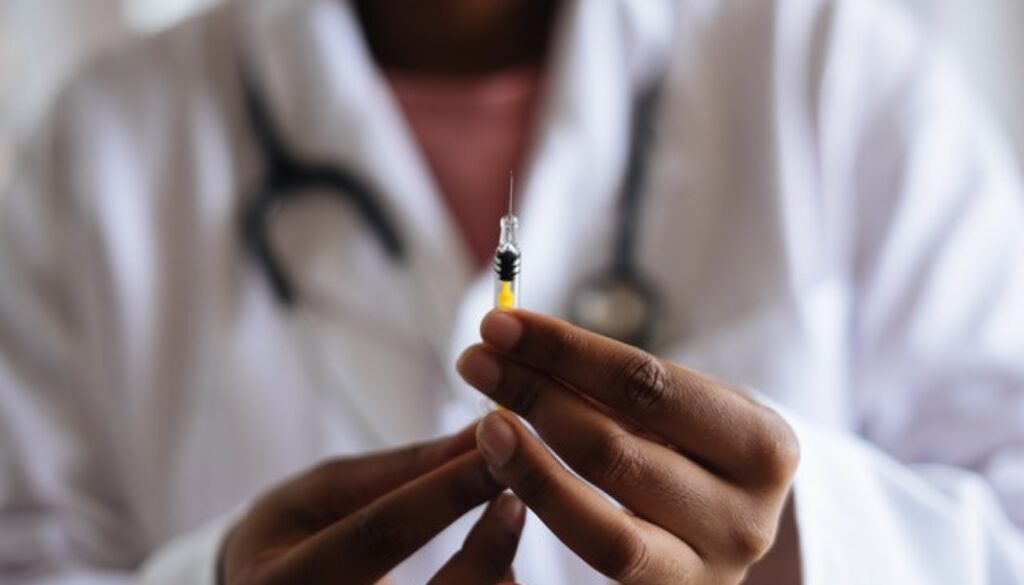Who invented vaccines?
Most people will remember learning about Louis Pasteur and his vaccine, which transformed public health by ensuring the ability to curtail the spread of rabies from animals. But who invented vaccines for your pets?
In 1872, Dr. Charles F. Guillou made drawings of his smallpox vaccine development, using cows on his farm. Originally from Philadelphia, he served as a naval surgeon, carefully keeping diaries of his scientific and diplomatic journeys. One of those included participating in the Wilkes Expedition which explored Antarctica, Oregon’s coast, and those parts of the Pacific Ocean. One of his naval journeys brought him into contact with Hawaii’s King Kamehameha IV which led to him opening multiple hospitals there and then serving as the Court Physician.
But it was his journals and illustrations which provides some insight for us into how he conducted vaccine harvesting and other medical processes. Animals, especially large ones like horses, produced the antibodies necessary to develop serums for human vaccines. Hence, Dr. Guillou’s using cows to harvest the materials needed.
Though this particular one was a vaccine for humans, it likely paved the way for Henry Martin, MD who brought animal vaccines into practice, due to an epidemic. when he emigrated from Europe, due to an epidemic.
And Louis Pasteur invented what is credited as the first animal vaccine in 1879, for chicken cholera, an infection caused by bacteria. By injecting a live bacteria culture into the chickens, he observed and recorded how the illness developed. However, doing this resulted in only mildly expressed symptoms but surviving. He then followed that with one for sheep anthrax in 1881, and finally, the one which made him the most famous: his inoculation against rabies in 1884. The rabies vaccine was first given to animals but its success quickly transitioned into human use for those bitten by rabid dogs.
These progressions in veterinary medicine led to government-supported research in efforts to better control animal disease. This was vital to farmers in order to not lose their livestock and, as a result, their income – and for the public to not lose food sources. However, another result was then using vaccines as a revenue stream for dealers and medical clerks to vaccinate animals, creating a foundation of availability, even though Dr. Martin seemed to bristle at the competition.
All this to bring your pet the vaccinations which keep them healthy and prevent the spread of disease!



